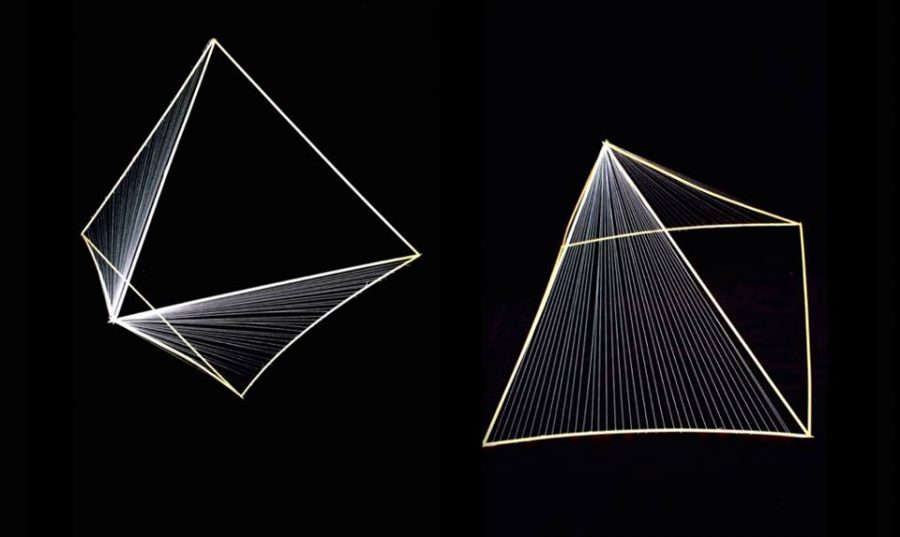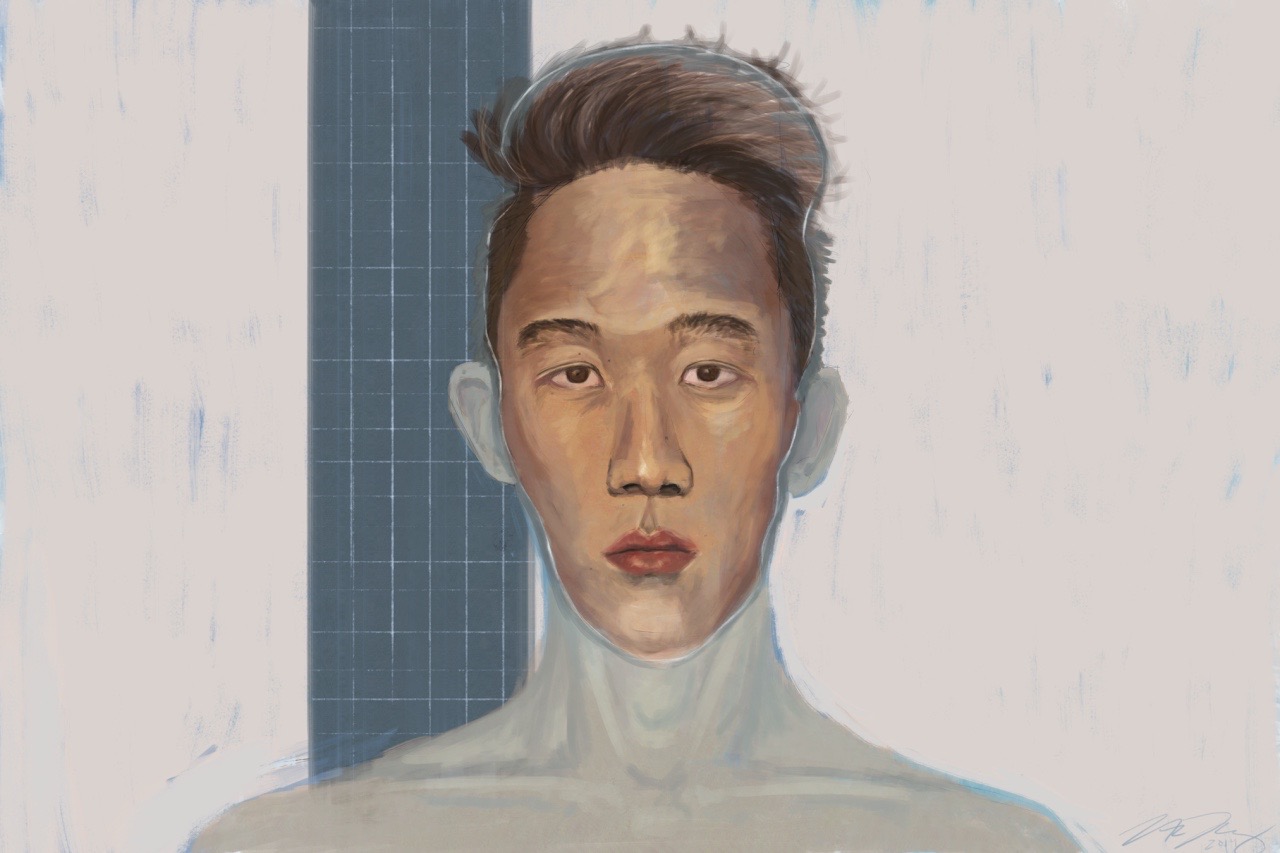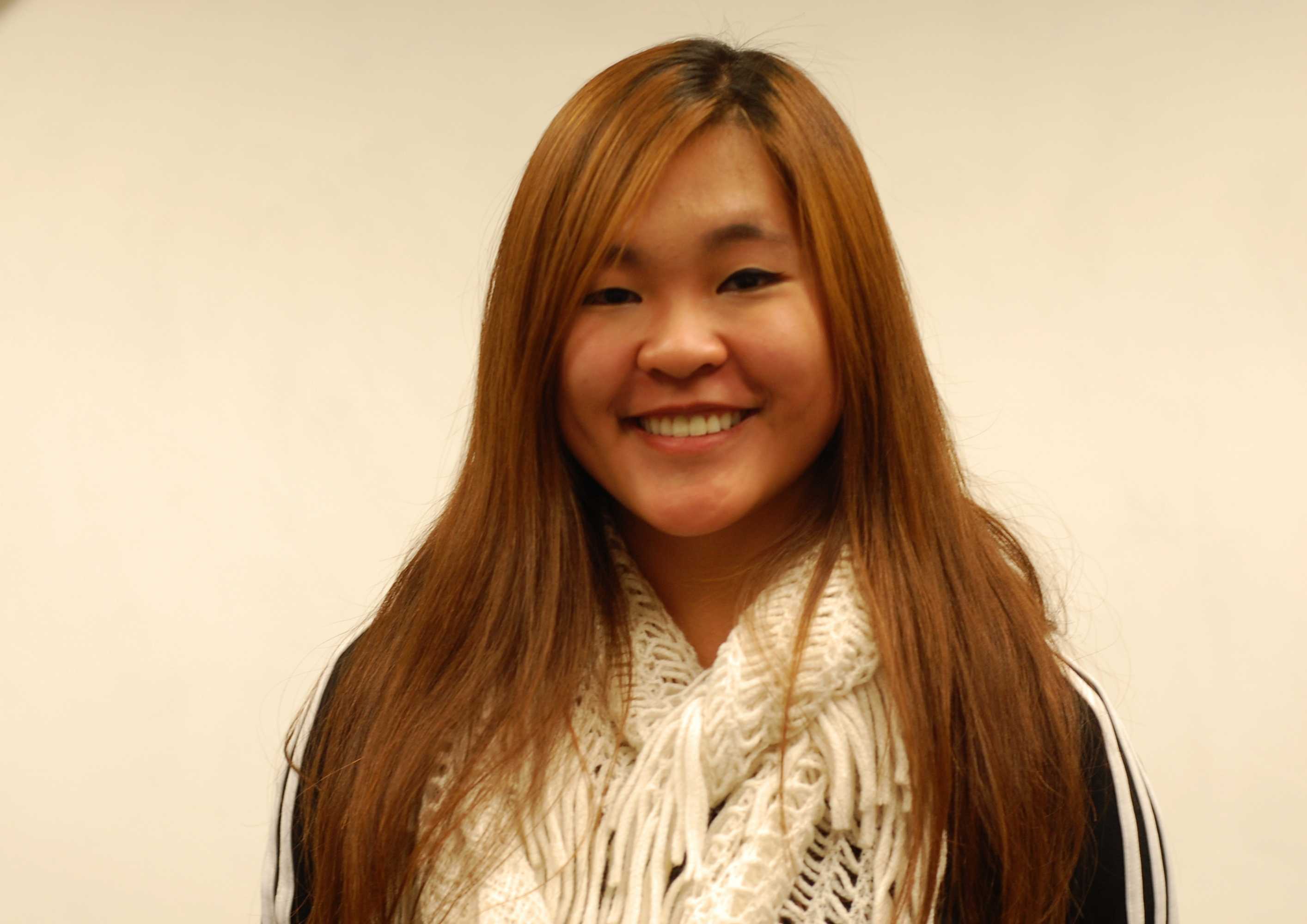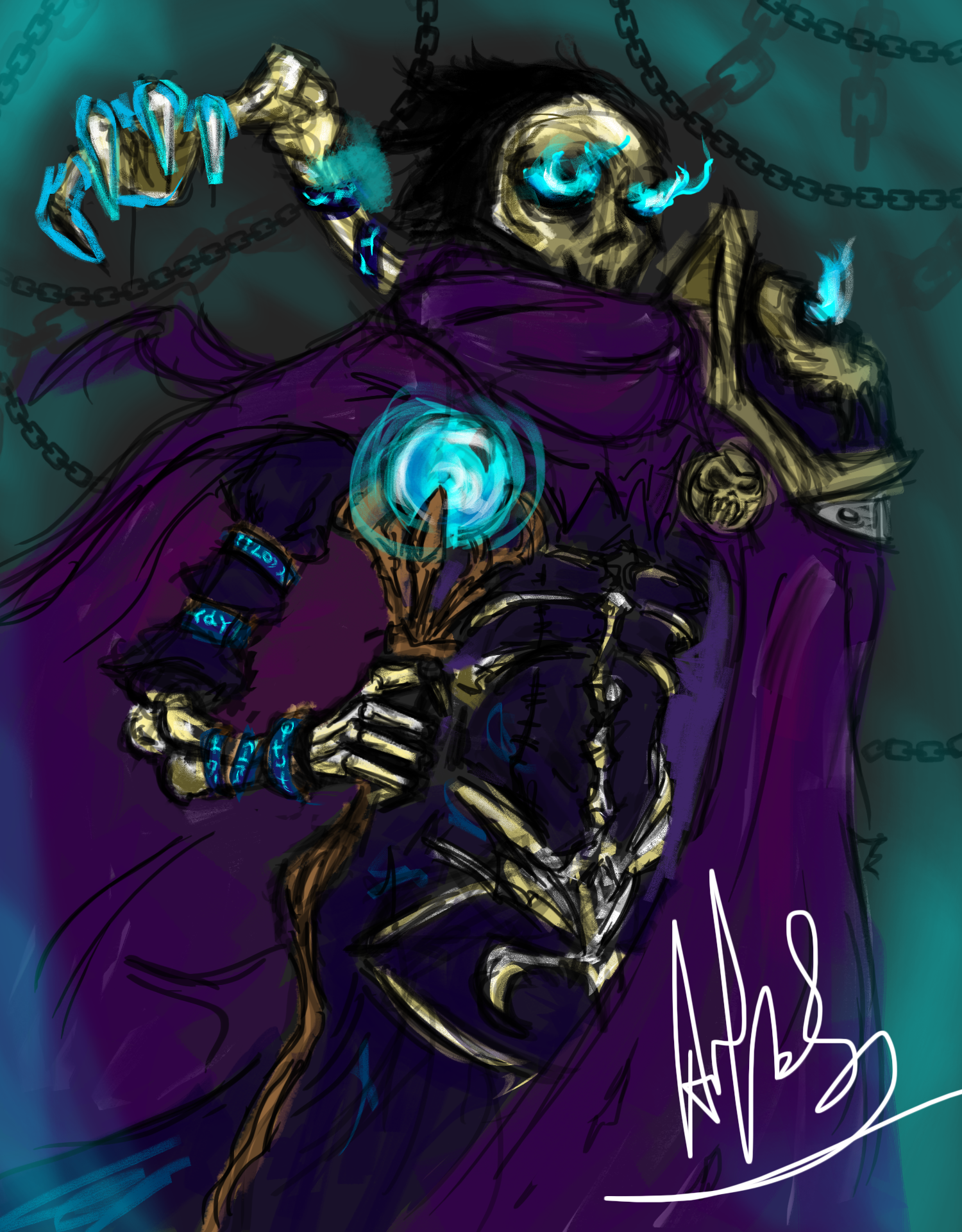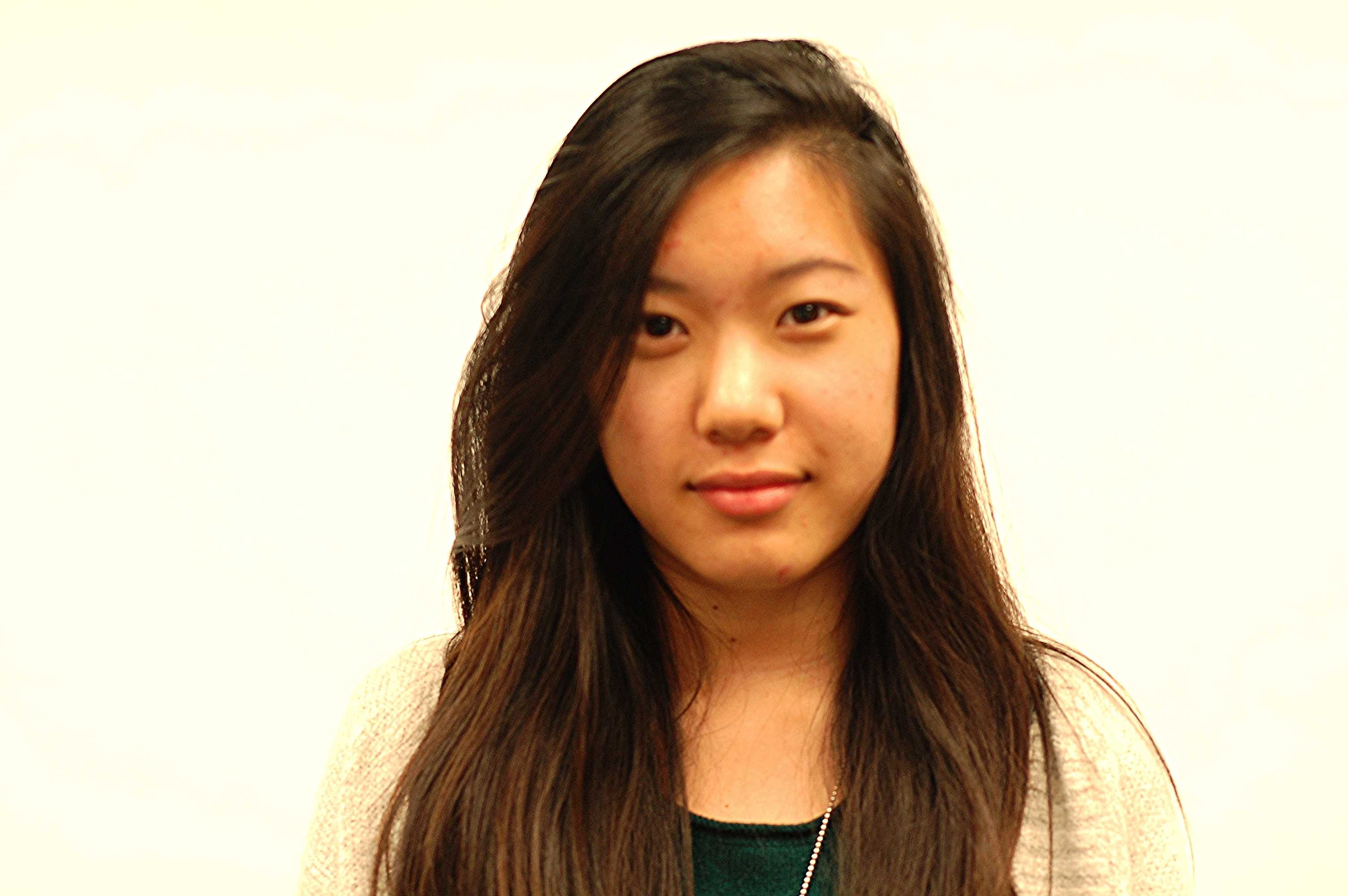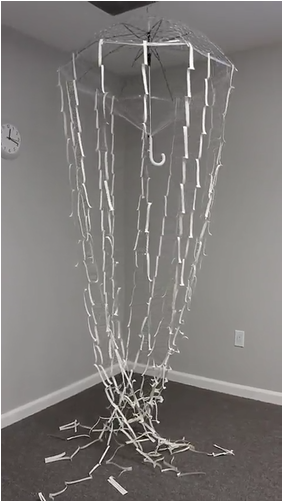College apps. MVHS seniors become very familiar with them around this time of year. Art students, however have a very different application process as they must create a portfolio to go along with their applications. Each one includes images of the pieces they’ve created throughout the years, which display both their personalities and their skills. Nathan Leung, Iris Sun, Isabelle Tsai and Anthony Sun describe the difficult yet rewarding process of creating an art portfolio and display samples of their works in the photogallery below.
Q & A
Nathan Leung (senior)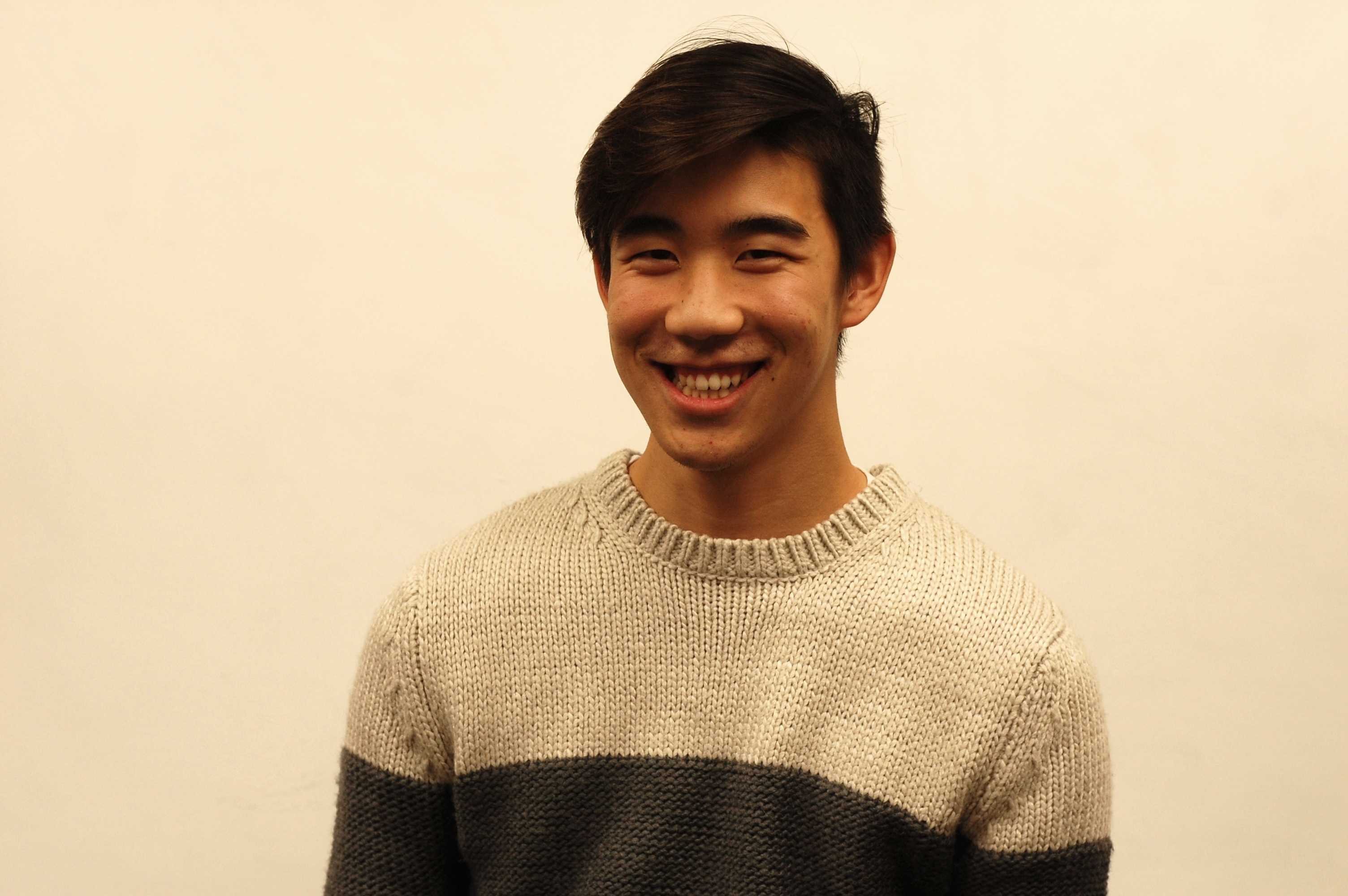
El Estoque: What is the hardest part about putting together your art portfolio?
Nathan Leung: I would say the hardest part about putting together your portfolio is producing work that you’re confident in putting in and that shows something about you. A lot of the advice that I receive is “Oh we see your personal skill but we don’t see you,” so a lot of it for me is working on how to show my personal narrative in my pieces. What I’m trying to major in is concept art for games and feature films so I do a lot of digital work with Photoshop and a tablet. But most art schools want to see a range so I also do mixed media and various other stuff to show my imagination.
EE: Do the pieces you put in your portfolio change depending on what school you’re applying to?
NL: Yeah, because there are some schools like RISD [Rhode Island School of Design] and some other schools that prefer more technical foundation skills like you know how to draw, and other schools like UCLA wanna see concepts that that you’re willing to be out there and so it really depends on the school what you really have to put into it. So each portfolio is tailored to the school so you have a large mass of pieces and you pick certain ones to apply to certain schools. Choosing which one is the hardest part.
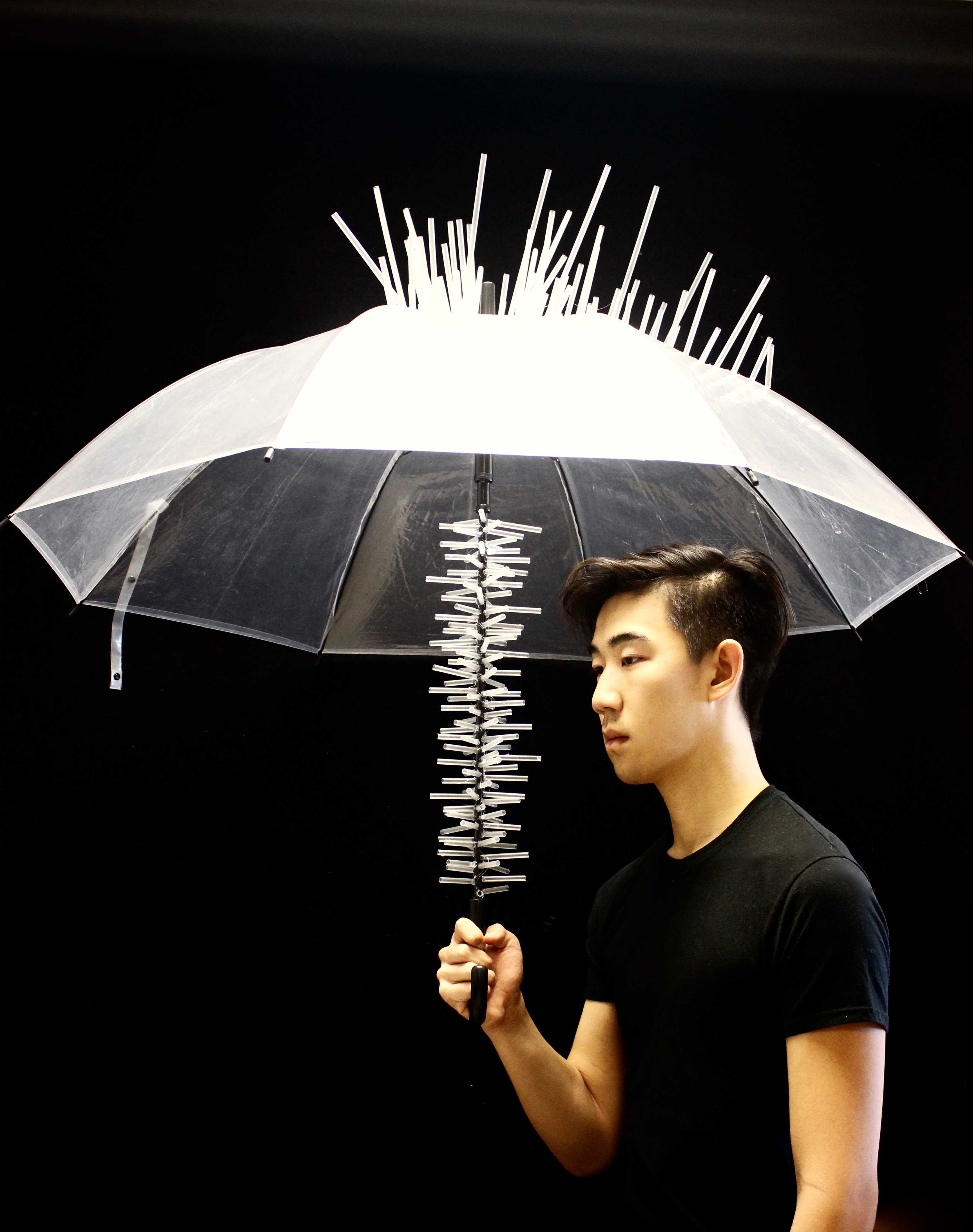 Photo used with the permission of Nathan Leung
Photo used with the permission of Nathan Leung
EE: What’s some advice the mentors and teachers have given you?
NL: Ultimately it’s up to you to pick your favorite pieces or what you think represents you the best, but a lot of it is the usual “Keep working” because the reps don’t want to put you away from applying or discourage you but they don’t really have anything else to say to you. A lot of it is like “don’t be afraid to push out of your boundaries, don’t be too comfortable with just sticking with what you know and try new things.”
El Estoque: What was the process of putting together your portfolio?
Iris Sun: I started in the summer of junior year and I went to a teacher called Mr. Akamichi (Lynbrook’s AP studio art teacher). He’s known for being really good at putting together portfolios. Before I thought that I was supposed to just randomly draw something that looks nice, turn it in, and that’s how it’s supposed to go. But Mr. Akamichi was like “No, that’s not how you’re supposed to do it. You’re supposed to be more conceptual and it’s not just about drawing skills it’s about showing that you’re able to express your ideas through concepts and not just visually with pictures.
EE: Do the pieces you put in the portfolio change according to each school you apply to?
IS: Each school has a different requirement and have to make your portfolio different for each one because you have to follow the prompt they give. UCLA has a theme of making art pieces based on the prompt. For RISD, every year they kind of ask people to make a bike picture, like you can do anything as long as it’s a bike. And also each major and each school is different. UCLA looks for concepts over drawing skills and other schools look more for drawing skills over concepts. You make your portfolio based on that. I want to major in graphic design, but the thing is that I don’t really work on the computer. I use more the ideas of graphic design. I know how to design things, I just don’t know how to use the computer just yet. So I have to work on that. 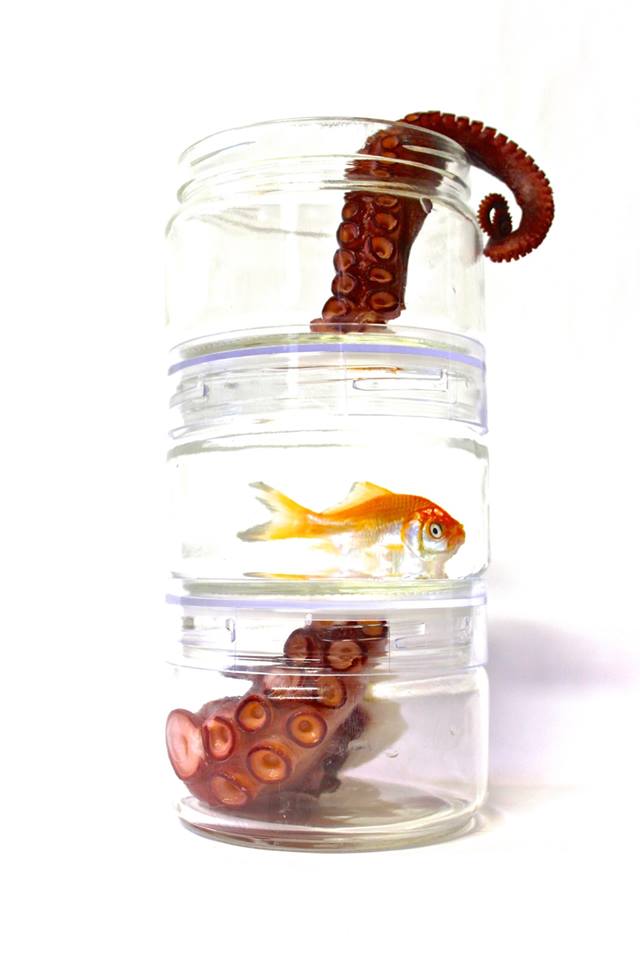 Photo used with the permission of Iris Sun
Photo used with the permission of Iris Sun
EE: So why fish?
I don’t know why I decided to go with fish. I needed a reference picture once for an art piece in regular art class and I found this picture of a goldfish and thought “Wow it looks so pretty!” I decided to draw that and it just started from there.
EE: What’s the hardest part about putting together your portfolio?
The hardest part about putting together your portfolio is trying to express who you are through your portfolio. You’re trying to get the schools to like you but a lot of the times you’re saying “Oh, the schools will like this. The schools will like this.” But you need to take a step back and think “Will I like this? Is this really who I am?”” One of the people from MICA [Maryland Institute College of Art] actually told me to take that fish and put it in that clear stuff and freeze it forever. You can always get feedback from these people but you should use your own judgement to determine if it’s right for you. I don’t really want to kill my fish….”
Anthony Sun (senior)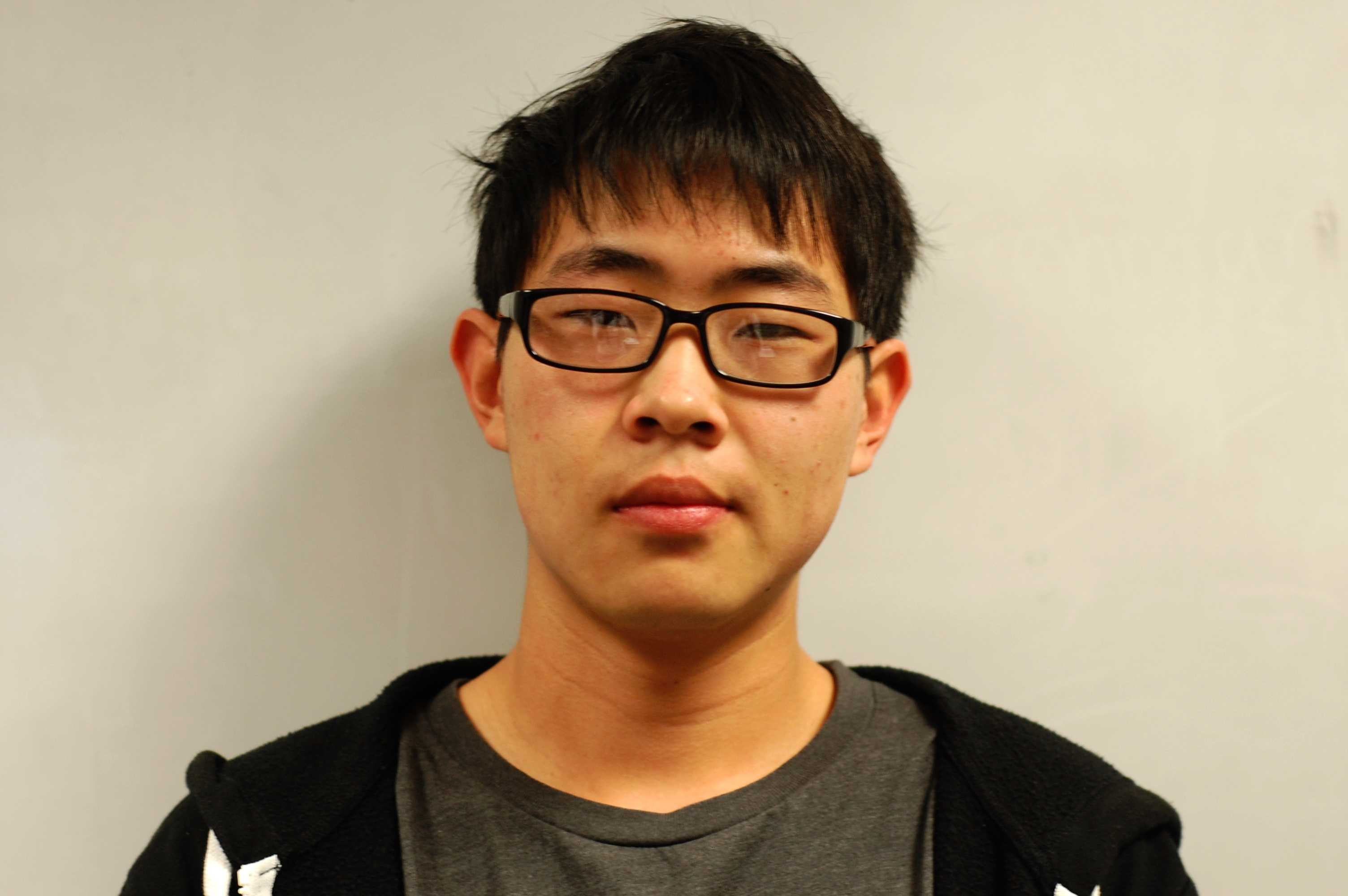
El Estoque: What was the process of putting together your portfolio?
Anthony Sun: Basically you grab some pretty pictures and then you compile the best ones. There are some art colleges that come to visit art classes -I’m in Art 4- and they give presentations and afterwards you can ask for portfolio reviews so you just show the admissions counselors from the art colleges your portfolio and they tell you what you need to do. Like “you need to put some more color pieces in here” or “put more character into your characters” or something like that. The different admissions counselors will say different things because they come from different schools. It’s kind of subjective to a point, but generally it’s good advice.
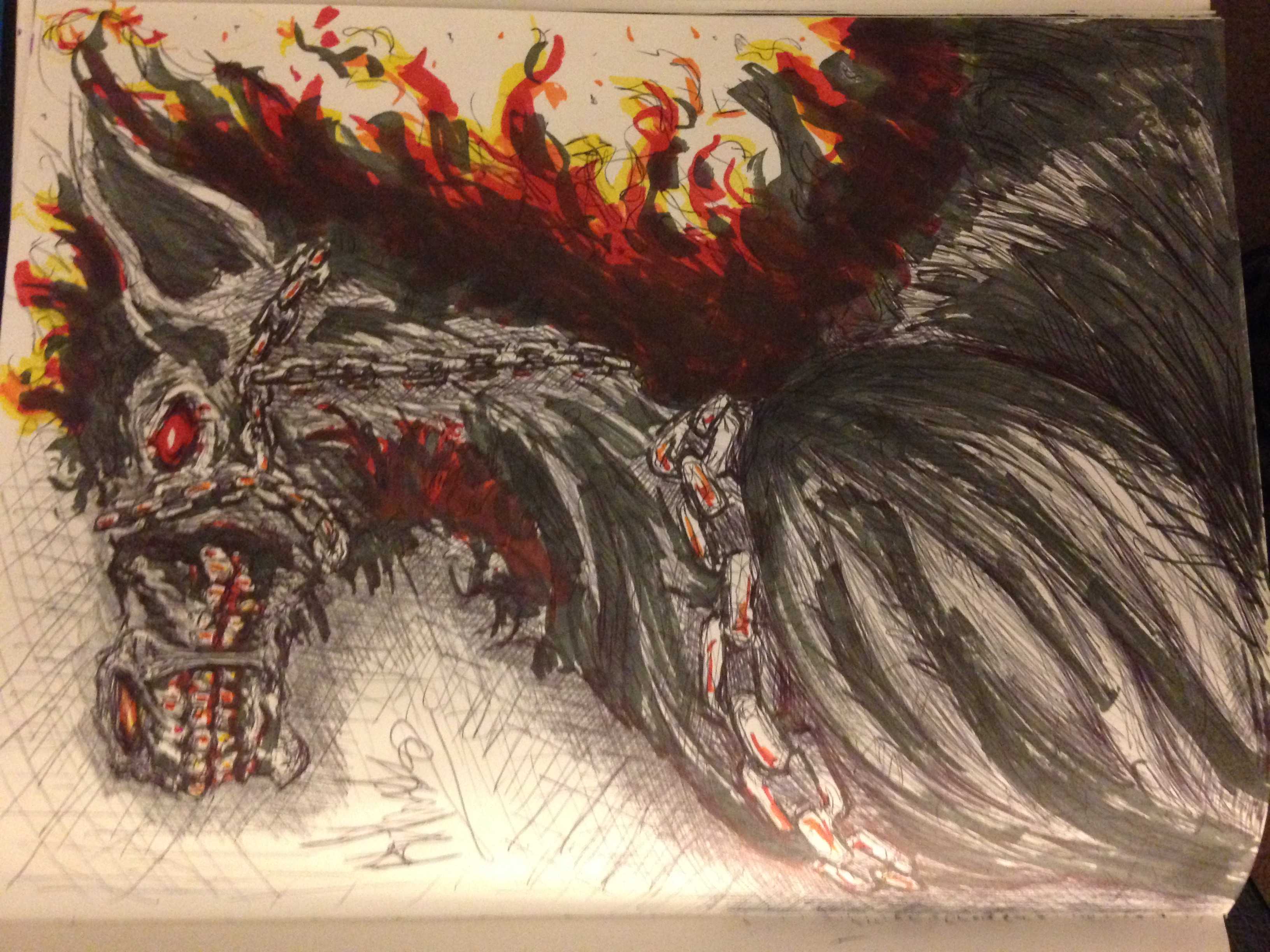
Photo used with the permission of Anthony Sun
EE: Could you describe some of the pieces that are in your portfolio?
AS: Most of them are pieces of video game inspired by characters or dudes with weapons.
El Estoque: What was the process of putting together your portfolio?
Isabelle Tsai: It’s still in progress, but since a lot of the schools are more concept based than skill based, most of the time is coming up with the concept of your piece and the narrative behind it. The actual making of the piece is a lot shorter.
EE: What was the hardest part of putting your portfolio together or selecting what pieces to put in?
IT: There’s a school in New York called SVA (School of Visual Arts) that is also very concept based. Most of the art schools are looking for conceptual based stuff more than skill based stuff. I’m not exactly sure what I specifically want to do yet, but I’m more into graphic design, communication design, and the more business side instead of painting. A lot of my work is time based, so I also make videos and gifs.
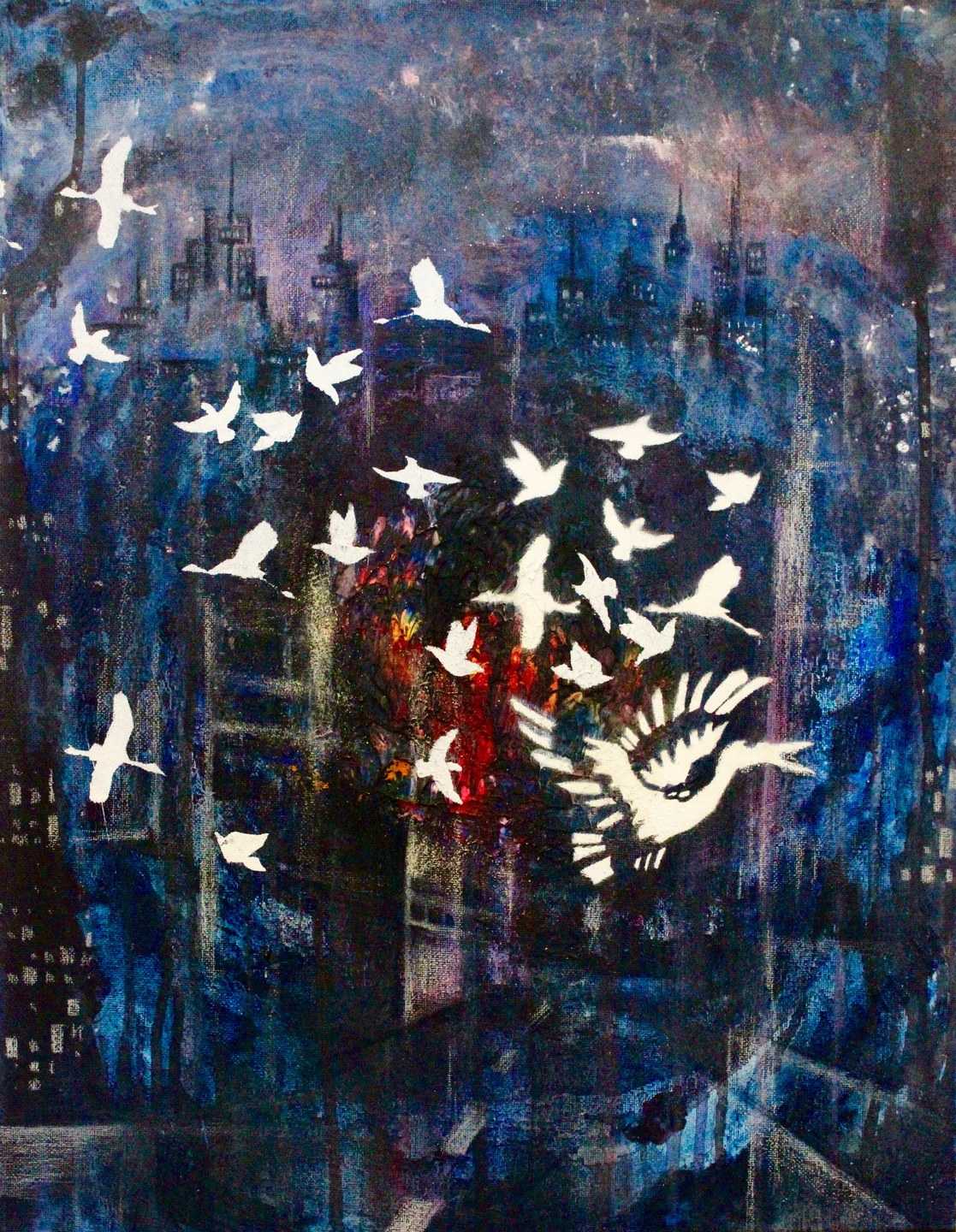 Photo used with the permission of Isabelle Tsai
Photo used with the permission of Isabelle Tsai
EE: What’s one piece of advice your teachers or mentors have given you about your portfolio?
IT: I’ve been to portfolio day, where all the colleges go to San Francisco to review portfolios, and some advice they gave me was “Keep working on the conceptual parts.” You definitely plan your portfolio out in advance, into a lot of different drafts, lots of trial and error, and it also depends on what your piece is, some take longer than others.
EE: How much of your portfolio is completed as of now?
IT: My portfolio is still in progress, but since a lot of the schools are more concept based than skill based, most of the time is coming up with the concept of your piece and the narrative behind it. The actual making of the piece is a lot shorter. You definitely plan your portfolio out in advance into a lot of different drafts, lots of trial and error. It also depends on what your piece is because some take longer than others.


